Three areas drew the focus of the Lender Processing Services (LPS) August Mortgage Monitor released today: prepayment activity and refinance opportunities, home price improvement and home equity potential, and foreclosure sales and pipeline update.
LPS said that rising mortgage interest rates caused the prepayment rates, historically a good indicator of refinancing activity to decline sharply in August. The monthly prepayment rate has dropped by about 30 percent since May to a 1.40 percent rate in August as interest rates rose 100 basis points over the same period.
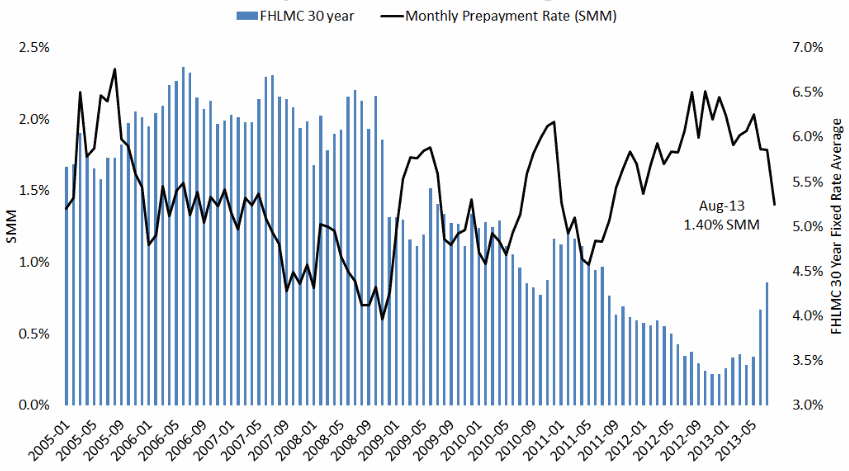
While origination overall and originations for refinancing have both declined with the rise in rates the share of refinancing going to the Home Affordable Refinance Program (HARP) has increased. In May, the last month for which data is available, HARP accounted for 30 percent of all refinancing. This was the highest share the program has captured since its inception with the exception of an anomaly in mid-2012 when secondary market mechanics allowed lenders to process a backlog of HARP loans.
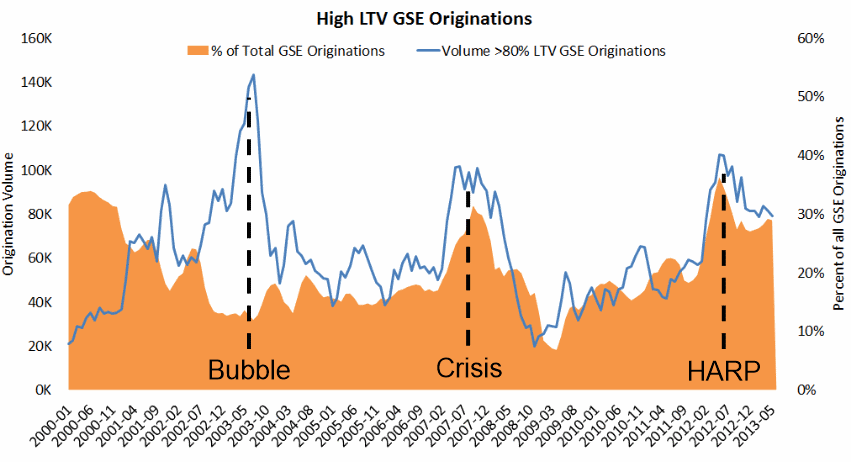
The rise in rates has shifted about 50 percent of the refinancible population "out of the money" for refinancing. LPS estimates that nationwide about 5.7 million homes now have what it calls "refinancible characteristics. In December 2012 it estimates there were approximately 10 million such loans.
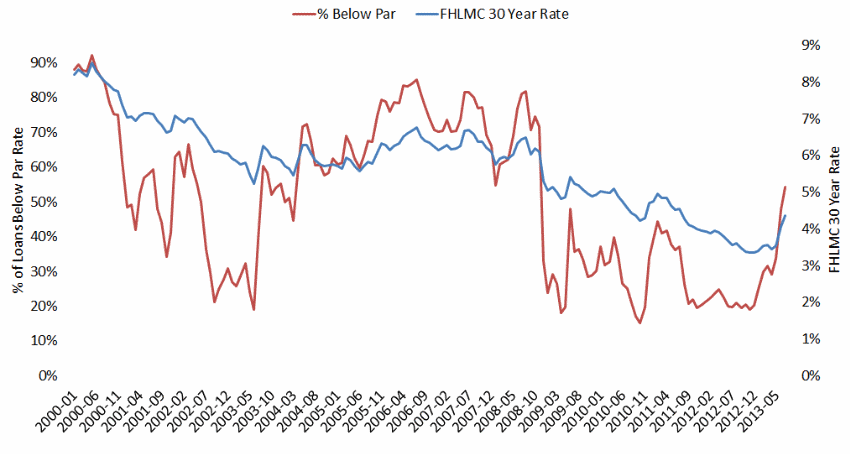
LPS Senior Vice President Herb Blecher said that the decline in existing loans with interest rates high enough to make refinancing a financially sensible option could actually translate into opportunity for the home equity loan and lines of credit market. "While higher interest rates may certainly have the effect of tamping down refinance activity, they may actually wind up contributing to a new appetite for home equity loans among homeowners," he said. "After bottoming out at the beginning of 2012, home prices are now at their highest levels since 2009, and borrowers who bought or refinanced within the last few years are quite likely to have accumulated additional equity in their homes. Based upon LPS' analysis of historical borrowing patterns and home value trends, it is possible that we could see an increase in second-lien borrowing among those who have locked in their first mortgages at very low rates and who wish to tap their equity without refinancing into a higher rate."
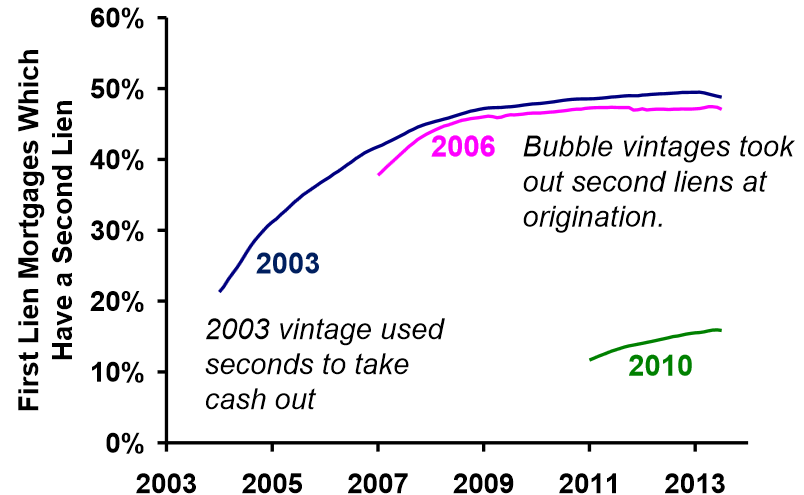
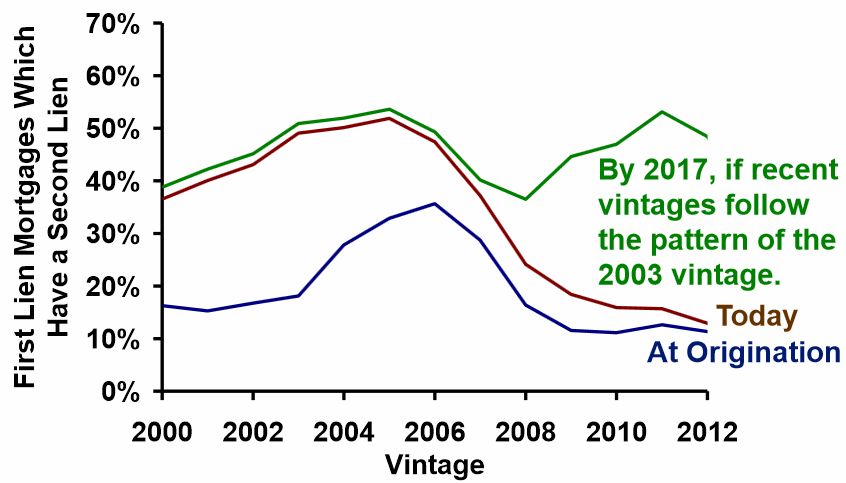
This month's Mortgage Monitor also looked at foreclosure pipelines at both the
national and state levels. On a
national level the pipeline has continued to clear both as foreclosure starts
decline on the front end and lenders accelerated the pace of foreclosures at
the back end. Still some states still
have huge backlogs and in some cases they are continuing to grow. New York, a judicial state, still has the
largest pipeline ratio based on the very limited volume of current foreclosure
sales in that state, but certain non-judicial states have seen dramatic
increases in the wake of passing foreclosure-related legislation or rulings.
California, for example, has seen its pipeline ratio increase nearly 70 percent
since that state's Homeowners Bill of Rights went into effect at the beginning
of this year and Massachusetts has seen an increase of 136 percent (to 168
months) since a Q2 2012 state Supreme Court ruling slowed the process
significantly there.
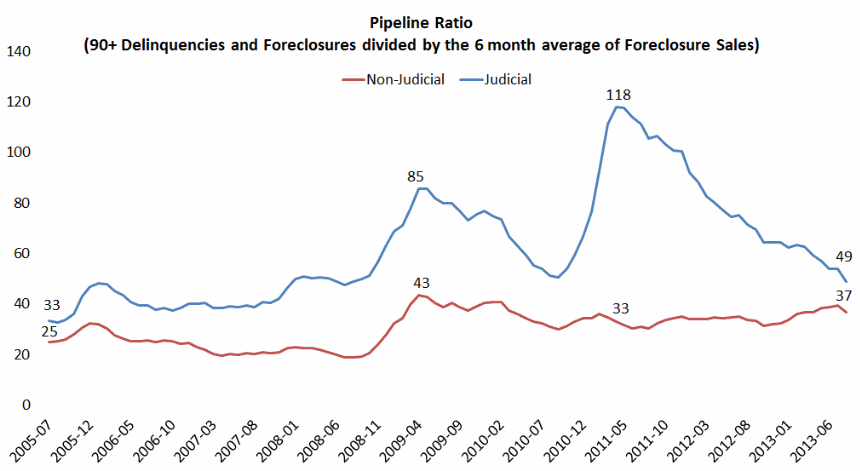
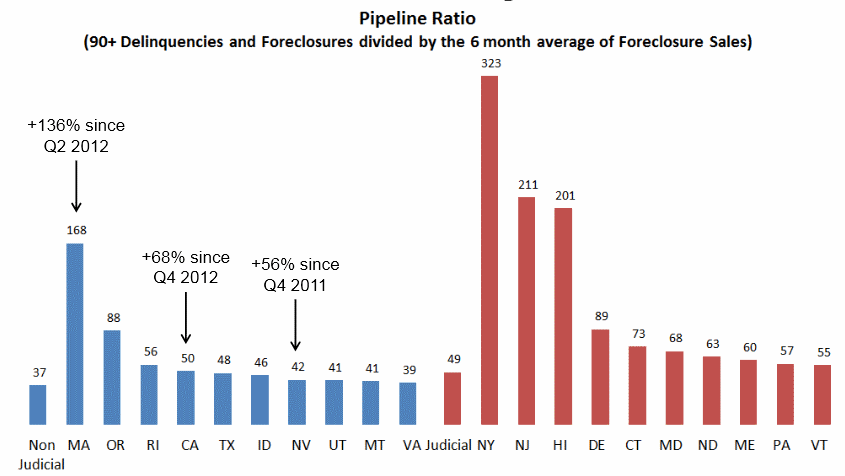
As LPS reported in its earlier preview of Monitor data, the U.S. delinquency
rate was down 3.31 percent to 6.20 in August and the foreclosure presale
inventory rates declined by 2.66 percent to 5.74 percent.







